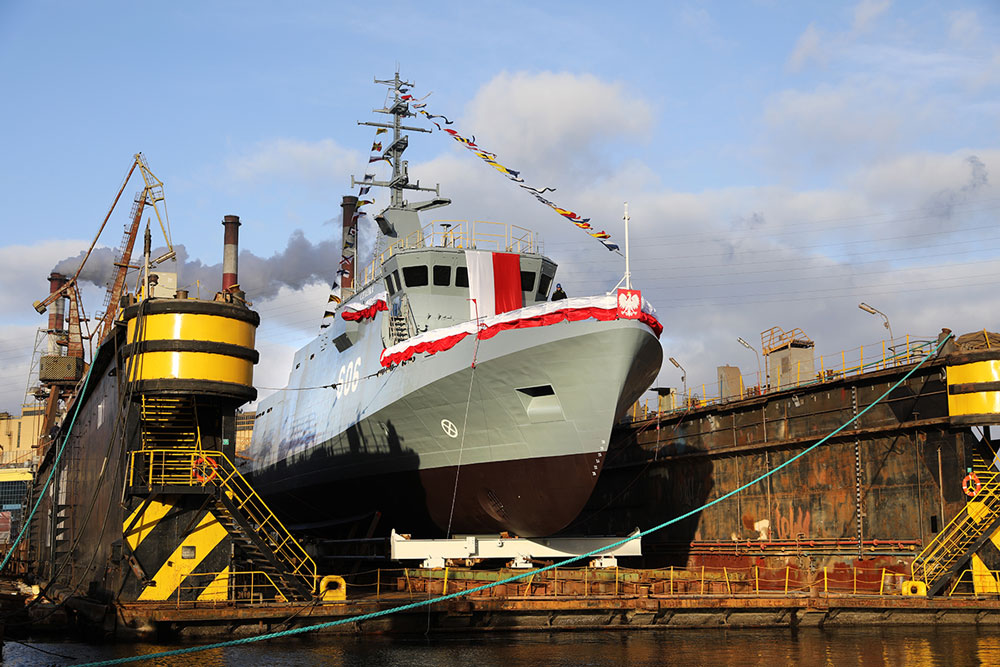Following the Houthi attacks on merchant ships in the Red Sea, the liner shipping companies are introducing new, in some cases high surcharges on transportation costs.
The German shipping company Hapag-Lloyd alone is routing 25 ships around the southern tip of Africa by the end of the year instead of sending them further through the dangerous passage through the Red Sea and especially the Bab al-Mandab strait. Their container ship “Al Jasrah” was recently hit by a Houthi missile. [ds_preview]
Lines send ships around Africa
Other shipping companies are doing the same. According to Flexport, more than 170 ships had been diverted south of Africa by December 20. Around 35 were held up in the Red Sea.
The longer transit time around the Cape of Good Hope of 10 to 14 days makes it necessary to deploy additional ships in the services. The additional personnel, bunkers and operating costs come at a price. Hapag-Lloyd, like the other lines, therefore wants its cargo customers to share in these costs.
According to Xeneta, freight rates in the relevant trade lanes have doubled. However, this is not as a result of a general, market-related increase, but due to various surcharges levied by the lines.
Lines’ risk surcharges make transportation more expensive
Hapag-Lloyd, for example, wants to charge an additional 1,000 dollars per FEU. At Maersk, there is a Transit Disruption Surcharge (TDS) and an Emergency Contingency Surcharge (ECS), which range from $600/FEU (to the US East Coast) to $2,000/FEU (Mediterranean).
MSC calls the surcharge the Contingency Adjustment Charge (CAC). According to an announcement, the cost of transporting a 40-foot container from the Far East to Europe will increase by $1,000 from January 1. Shipments directly to the Red Sea will therefore cost twice as much at $2,000/FEU.
The French CMA CGM even wants to charge $2,700/FEU to cover the risk and costs of loading and unloading in the crisis region. For the heavy-lift shipping company AAL, the Emergency Red Sea Surcharge (ERSS) is $3/RT (volume).
The cost increase comes at a time when the shipping companies are already tightening the price screw and want to raise the recently rather low freight rates. The Chinese New Year is coming up in February, traditionally a time of high prices.














